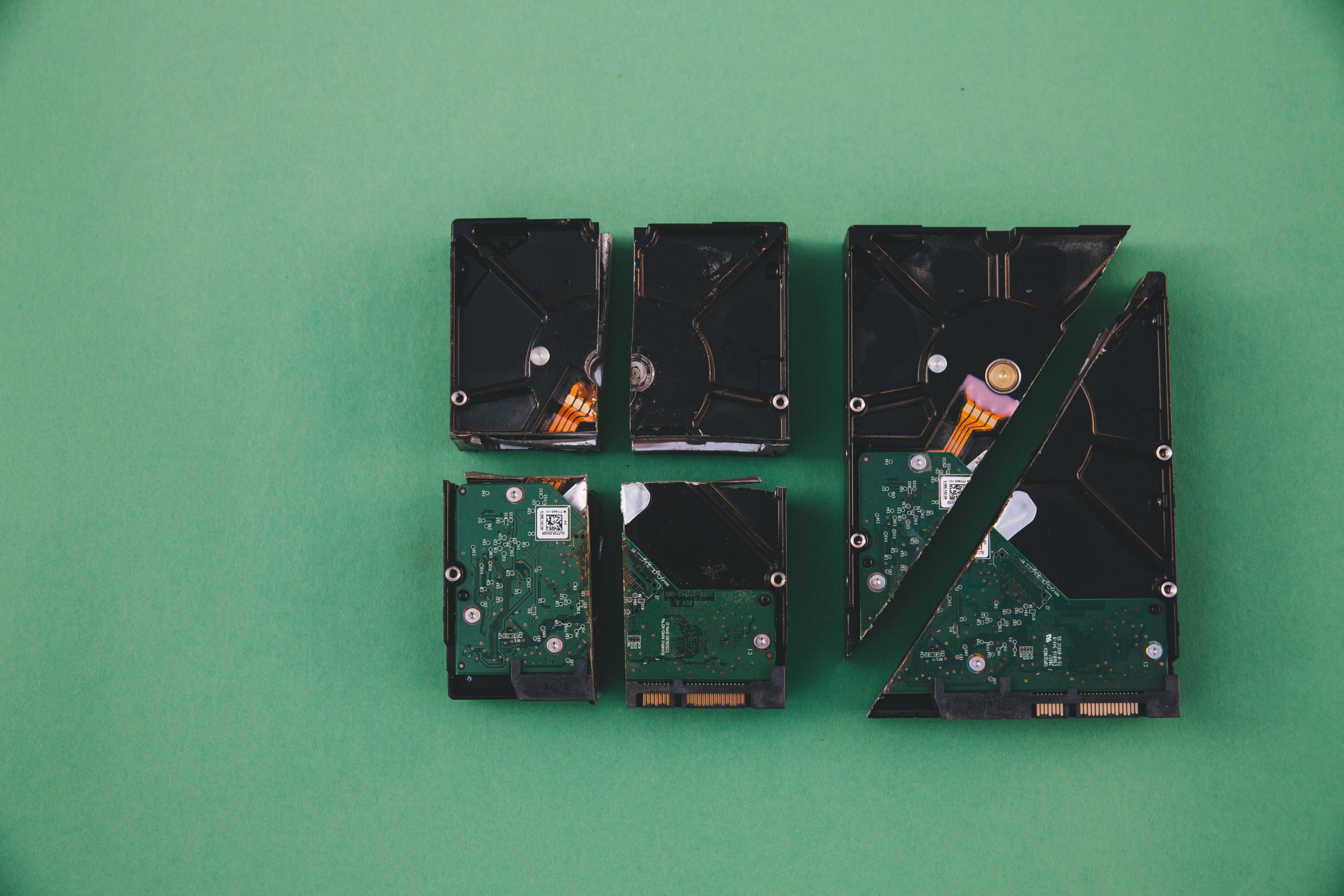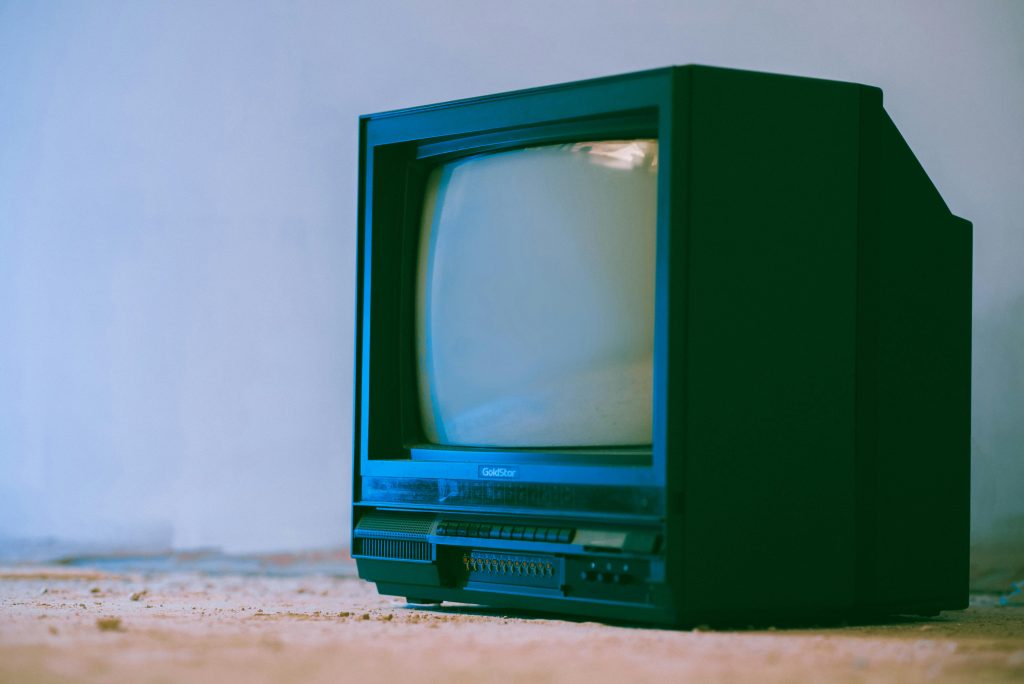Troubleshooting an Unrecognized HDD in Windows: A Guide for Users
Many users encounter situations where their new hard drives are recognized by the BIOS but do not appear within the Windows operating system. This can be a perplexing experience, especially when the drive is new and has not yet been formatted or used. In this article, we’ll explore common causes for this issue and provide step-by-step solutions to help your HDD become visible and accessible in Windows.
Understanding the Issue
When a storage device shows up in the BIOS but is absent from Windows, it typically indicates a configuration or recognition problem at the system level. Since the drive is new, it has not been formatted or assigned a drive letter, which explains why it does not appear in Windows Explorer. Additionally, if disk management tools do not display the device, it could point to hardware connections, driver issues, or disk initialization problems.
Possible Causes
- Uninitialized Drive: New drives often require initialization before they are usable in Windows.
- Drive Not Formatted: Without a file system, the drive may not appear in Windows Explorer.
- Partition Issues: The drive might have unallocated space or corrupt partitions.
- Hardware Connection Problems: Loose or faulty SATA/Power cables can prevent Windows from detecting the drive properly.
- Driver or Firmware Issues: Outdated or missing drivers may hinder device recognition.
- BIOS Settings: Sometimes, specific BIOS configurations can impact drive detection in the OS.
Step-by-Step Troubleshooting
- Verify Hardware Connections
- Ensure that the SATA and power cables are firmly connected to the HDD and motherboard.
-
Try using different cables or ports to rule out hardware faults.
-
Check in Disk Management
- Right-click on the Start menu and select “Disk Management.”
-
Look for the new HDD in the list of storage devices.
- If it appears as “Disk 1” or similar with “Unallocated” space, you need to initialize and partition it.
- If it doesn’t appear, proceed to the next step.
-
Use Diskpart Utility
- Open Command Prompt as Administrator.
- Type
diskpartand press Enter. - In the Diskpart window, type
list diskand press Enter. - Check if your new drive is listed.
- If yes, and the disk shows as “Healthy” or “Unallocated,” you can create a partition and format it.
Share this content:



